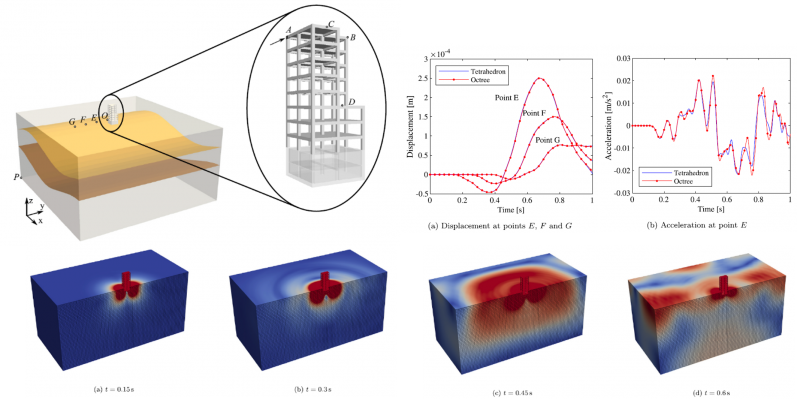Congratulations to CIES researcher Dr Junqi Zhang
 Congratulations to Dr Junqi Zhang, Research Associate in the School of Civil and Environmental Engineering's Centre for Infrastructure Engineering and Safety (CIES) who has been named as one of Australia's 40 rising research stars.
Congratulations to Dr Junqi Zhang, Research Associate in the School of Civil and Environmental Engineering's Centre for Infrastructure Engineering and Safety (CIES) who has been named as one of Australia's 40 rising research stars.
Dr Zhang was named in The Australian’s Research Magazine’s rising research stars list. These are Australia’s top 40 early career researchers, the ones to watch in the next few years because – on their record so far – they are likely to make an even greater impact in the next decade.
The Australian identified the five best-performing, early career researchers in each of their eight main identified disciplines of research. Dr Zhang was included in the physics and mathematics category. The methodology used was based on the researcher’s annualised H-index, a measure which considers both their volume of research output, as well as the impact it has in their field.
Dr Zhang’s research impact lies in the field of high-performance computing in structural dynamics, a major research strength at CIES. As he explains,
“There are many catastrophic dynamic loadings engineers must consider in structural analysis and design, such as earthquakes, impact, blasts, etc. Numerical methods have been widely used in such dynamic simulation in the digital age as a reliable and efficient approach to evaluate structural integrity. However, due to the complexity of dynamic loading and structural geometry, the computational cost in such numerical analysis is excessively high, which severely limits its application in large scale problems.”
“In recent years, the rapid development of high-performance computers has provided us with a promising new direction. With modern multi-core processors, we can divide a large problem into multiple sub-tasks and assign them to a large number of individual processing units, which will work simultaneously with a minimum level of inter-process communication. As a result, an analysis which typically took days even weeks before can now be finished within a matter of minutes and hours. “
Dr Zhang’s research is dedicated to the development of new parallel numerical simulation tools so that engineers can design and analyze structures with less effort. In this numerical framework, the geometric model, represented by multiple data formats, including digital image, 3D printing, and point-cloud, can be discretized for numerical simulation automatically, which circumvents one of the most notorious bottlenecks in the current modeling process. A novel pre-computation technique is devised to exploit the advantage of a fixed number of templates in a numerical model, leading to a significant reduce in computational cost.
Furthermore, the algorithm is specially designed for large scale parallel processing, which has been successfully deployed in the high-performance computing environment GADI maintained by National Computational Infrastructure (NCI), Australia’s preeminent computing facility. A structural dynamics problem including one billion degrees of freedom has been analyzed using more than 16,000 cores.
As Zhang points out, “With such new techniques, it is possible to simulate dynamic problems involving more structures and more details in less time with a high level of automation, enabling structural engineers to evaluate and modify the design based on the analysis result in a seamless workflow. “
“This will eventually lead us to a safer, more efficient and more sustainable future in the digital age.”




